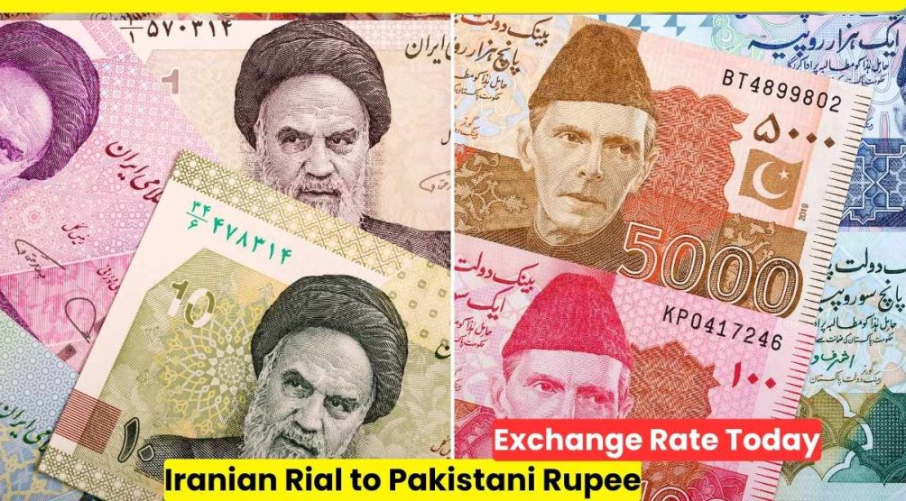In a surprising turn of events, the Iranian Rial (IRR) has posted a notable gain against the Pakistani Rupee (PKR), marking its first significant upward movement in months. After a prolonged period of stagnant exchange rates and subdued performance, this recent surge reflects broader shifts in regional trade, currency stabilization policies, and possibly geopolitical recalibrations between the two neighboring nations.
📈 Exchange Rate Movement: Rial Gains Ground
Over the past week, currency dealers and analysts have noted that the IRR appreciated by over 3% against the PKR in the open market. While exact rates vary across platforms and money changers, this sudden jump is a sharp deviation from the relatively flat trajectory the Rial had maintained since late 2024.
According to currency trackers:
- Previous Average: 1 PKR ≈ 220 IRR
- Current Trend: 1 PKR ≈ 210 IRR
This means that fewer Rials are now needed to buy one Pakistani Rupee — a sign of Rial strengthening.
🔍 What’s Driving the Rial’s Strength?
Several key factors could be contributing to this upward momentum:
1. Resumption of Iran-Pakistan Trade Projects
The revival of bilateral projects such as the Iran-Pakistan Gas Pipeline, barter trade initiatives, and energy exchanges may have injected confidence into Iran’s trade-linked currency demand.
2. Controlled Currency Management by Iran’s Central Bank
Iran has recently intensified efforts to manage inflation and stabilize its foreign exchange reserves. Tighter capital controls and favorable oil-related barter deals have played a role in giving the Rial a temporary edge.
Iranian Rial to Pakistani Rupee Jumps in Value, Marking Strength After Months of Flat Growth.
3. Decline in Demand for PKR in Cross-Border Trade
With Pakistan’s current import tightening and currency volatility, demand for PKR may have softened, especially in border towns where informal trade influences currency value.
🏦 What This Means for Businesses and Travelers
For importers/exporters, the shift in the IRR-PKR rate will impact cross-border pricing, especially in:
- Petroleum products
- Fruits and vegetables
- Machinery and spare parts
- Chemicals and fertilizers
For Pakistani pilgrims traveling to Iran for ziyarat, the stronger Rial may slightly reduce the buying power of their PKR, making services and goods more expensive in Iranian cities like Mashhad and Qom.
📊 Regional Currency Trends
The Rial’s movement also comes at a time when other regional currencies like the Afghan Afghani and Turkish Lira are exhibiting localized volatility. Currency watchers suggest that the IRR’s gain may be temporary unless backed by structural economic reforms within Iran.
📌 Final Thoughts
The Rial’s recent jump against the Pakistani Rupee may be short-lived or the start of a new currency trend — time will tell. What’s certain is that this shift has caught the attention of market observers, traders, and policymakers on both sides of the border.
As Iran and Pakistan explore deeper economic and energy ties, currency stability between the two nations will become even more critical. For now, the Iranian Rial’s show of strength is a rare moment of revival that may influence short-term trade, travel, and economic engagement across the region.



